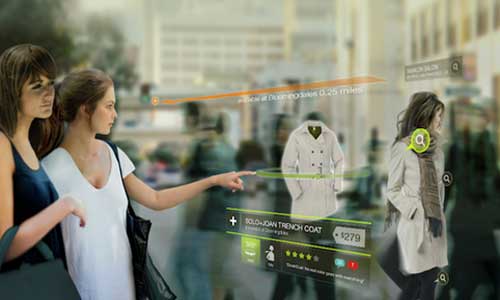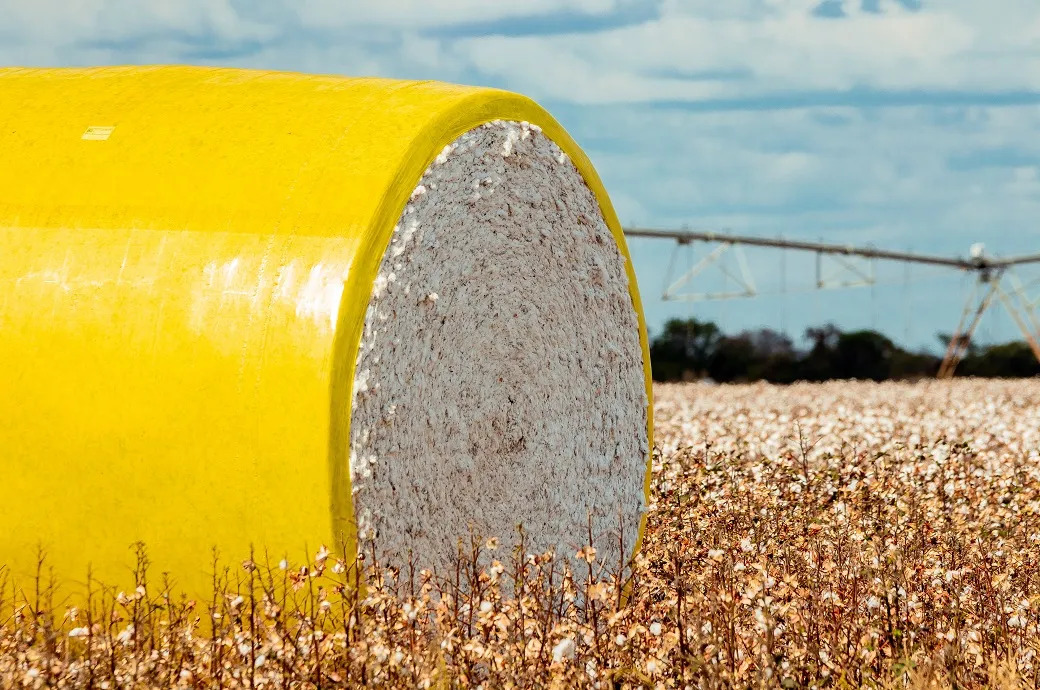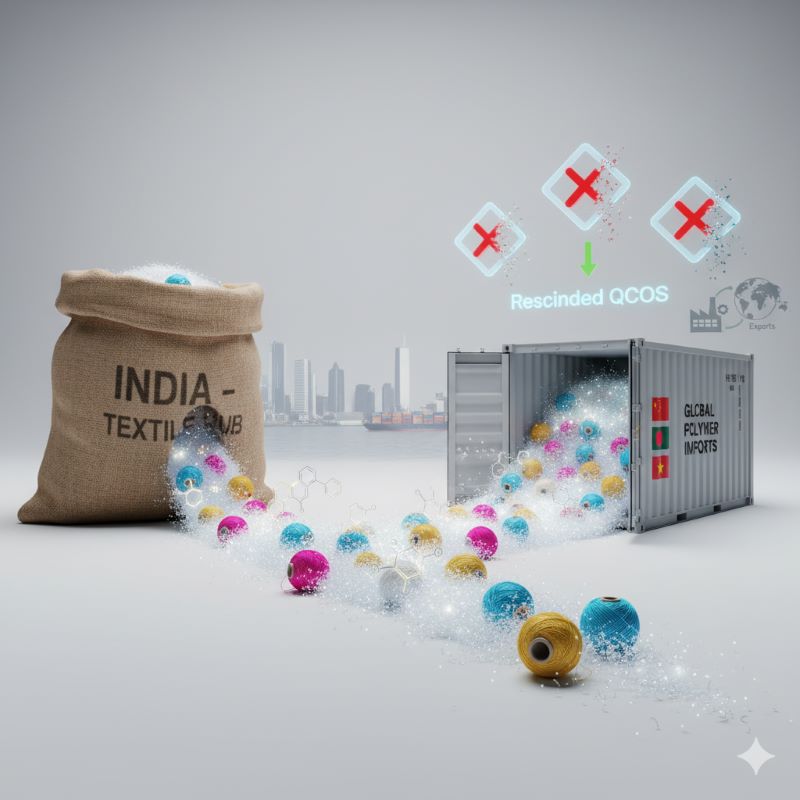"Technology is dramatically changing every aspect of life and that’s true for fashion industry as well. It took the industry about 50 years and $10 billion to change the game in fast fashion, where the 18-months cycle became 1 to 2 months. The year 2050 will witness an extension of the on-demand economy for fashion, ‘I need it fast and I need it now’. As per recent research future fashion will be all about 3D printing, holographic fashion shows, faster merchandising from ramp to rack and Virtual Reality (VR)-based entities with innovations in fabric and other materials."

Technology is dramatically changing every aspect of life and that’s true for fashion industry as well. It took the industry about 50 years and $10 billion to change the game in fast fashion, where the 18-months cycle became 1 to 2 months. The year 2050 will witness an extension of the on-demand economy for fashion, ‘I need it fast and I need it now’. As per recent research future fashion will be all about 3D printing, holographic fashion shows, faster merchandising from ramp to rack and Virtual Reality (VR)-based entities with innovations in fabric and other materials.
3D Printing

While 3D printing has become a part of many industries’ and their changing fortunes, it’s slowly making its presence felt in the apparel industry as well. Consumers will soon get the option to customise their wardrobe by printing clothes that suit an individual’s shape, style and personal preferences. Rapid prototyping is another option that can be explored, and print anything from essentials to accessories in the future, along with creating embellishments using innovative designs. It would also help in reducing supply chain wastages.
Growing retail start-ups
Technology will be the mainstay in retailing. Big Data and machine learning will drive the industry to help analyse parameters like inventory, buyer measurements and locations etc. which will in turn disrupt and optimise traditional fashion retail operations. For online retail, concepts like visual trial rooms and endless aisle will aid in driving traffic. All these aspects would help in reducing the number of returned items and logistical conveniences with delivery at any part of the globe in just a few hours. Technology would help companies manufacture products depending on demand. In the fashion industry, such tools will guide companies on preferences and trends, by predicting what will be in style for the next season. It will help in customer tracking around outlets and send them push notifications on the mobile phone. Hyper local targeting is already a widely emerging trend for attracting customers.
Innovative materials
New materials will take shape such as polymer threads, which are five times thinner than human hair. Sustainable materials would be grabbing attention of companies and fabrics such as Pinatex (leather made of pineapple fiber), and materials made from milk, tea, and coffee beans, would find greater acceptance. Self-repair clothing research is already underway which will dramatically transform the apparel dynamics.
Wearable technology integration
With technology, one would be able to change the colour and design of the garment at the touch of a button. There will be fabrics responding to changes in light, water or temperature. Clothes will have built-in sensors projecting data, which can later be used for analysis by retail companies.












